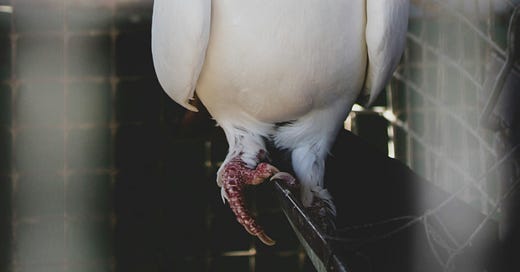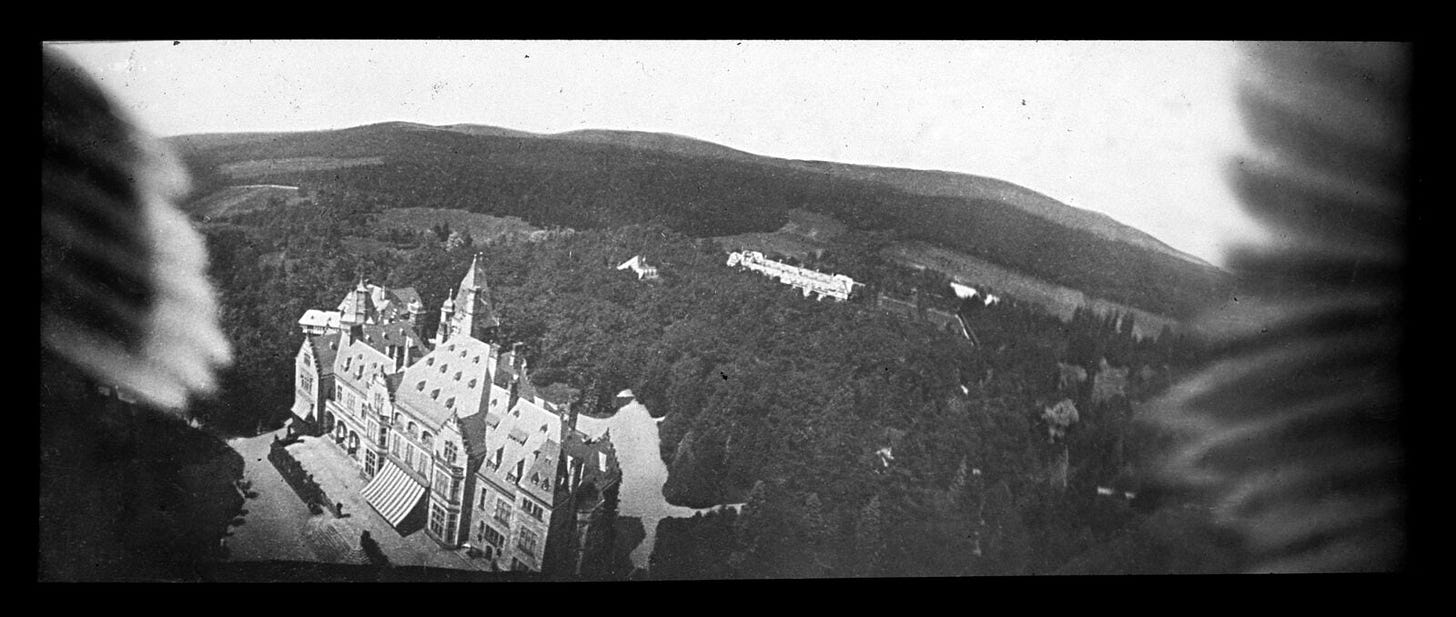Photo by Ivan Borinschi on Unsplash
This is Emily Writes Back, a newsletter for brilliant people, by Emily Sanders Hopkins.
Dear Reader,
Let’s start a program called something like “the Alternatives to Hate Association” (AHA) or “Thy Neighbors,” or something less sappy sounding, where every weekend, a different group of 15 strangers who live within ten miles or so of each other are brought together for three days of intensive workshopping: timed one-on-one conversations , group puzzle challenges, group brainstorming of solutions to problems, confession, etc., which would necessarily result in those 15 people really actually understanding each other and probably even having compassion or affection for each other. That’s it. No follow up would be forced.
This idea is based on my experience participating and facilitating Alternatives to Violence Project workshops inside and outside of prisons. Those weekends invariably ended with me feeling that I knew and cared about the people who’d been in the workshop, be they 20-year-olds who’d murdered their girlfriends, 70-year old Quaker women, 45-year-old former drug dealers, or 35-year-old drunk drivers who’d worked off and on as car mechanics and petty thieves.
Anyway, this old reporting of mine, below, is one of my favorite things ever. It’s a true story from when I used to work at a large university, a job I hated. I think it’s good because as soon as the water cooler encounter was over, I rushed back to my desk to write it down before I forgot her exact words.
Z Explains Herself and Her Homing Pigeons
I was just in the coffee room at work and Z, a woman of about 35, who has worked here probably for 10 or 15 years, was sitting alone at the break table eating spaghetti out of a Tupperware container. Her mother, B, retired last week (she worked in the same department), and I told Z I was sorry I'd missed her mother's retirement party, but that I'd been out of the office that day.
Z and B have always made me a little sad, as a pair and separately, because they seem to represent to me some of what is wrong with this town, this university, and this division in particular.
Both mother and daughter are very squat and dour and unsmiling, and they trudge along the hallways and are often complaining about one thing or another. They have seemed to me to personify the problem of wasted talent, unfulfilling office jobs, and also the local problem of middle-aged (and older) women wearing ruffled, baby doll blouses in bright or girly colors, from Wal-Mart and TJ Maxx.
B, the mother, always had a look on her face that said, to me, "Fine, I'll just plod through this shit and eventually it will be over."
I asked Z how her mother is enjoying retirement so far.
"Who knows," she said. "She's got her fiancé and she doesn't have time for me."
"What's he like?" I asked.
"He's a real touchy-feely guy. Real touchy-feely." Z said. "She never used to like that, but with him, she seems to like it fine."
And then Z went on to tell me how B had never hugged her or been sweet or at all affectionate with her when she was a child, and that only now, with her fiancé, does she smile. And, Z said, when she was little, B would just lie in bed in the mornings and let Z’s older sister get her ready for school and onto the bus. Her older sister, she told me, is 8 years her senior, and now lives in North Carolina with her family.
"She feels more of a sisterly bond with me than I do with her," Z explained, "because she raised me, but she went off to college when I was in fourth grade, so I hardly remember that."
I asked about their father and Z reminded me that their father had committed suicide when she was a toddler.
"I don't remember a thing about him," she said.
“I’m just not a sentimental person," Z said. To illustrate, she told me that when her grandmother died recently and her uncle found all of her father's papers and offered to send them to her, she told him "What do I want with that stuff?"
She said her kids and husband don't understand why she never takes photographs of them and doesn't keep "their itchy, glitter art on the fridge."
"I tell them, that's just who I am. When you have your own house, you can run it how you want to, but I won't apologize for being who I am."
“Have your mom and her fiancé set a wedding date yet?” I asked her.
“No,” Z said, "but they better, and soon, so I can train the pigeons from the site." Which of course led me to ask what in the world she meant.
It turns out that Z has a large flock of trained homing pigeons.
"How did you get into that?" I asked.
"One day I was driving, " she said, "and I saw a white bird on the side of the road and I said to myself, 'Damn, I'm going to have to save that bird,' so I picked up the bird and took it home with me and said to my husband, 'Look at the pretty dove I found,' and he said, 'That ain't a dove, it's a pigeon' and I looked it up on the Internet and sure enough, it was a homing pigeon and I fed it unpopped pop corn out of my hand, like the Internet said, and it lived on my kitchen table for a few days and one day I came home and it was up on the refrigerator and the cat, who hadn't paid it much attention when it was living on the kitchen table, was looking up at it and I let it go and it flew away and never came back."
And she was so interested in what she'd learned that she found some breeders and bought a pair and they bred and so forth, and soon her flock grew to about 24 birds and she spent hours every weekend training them, driving them out away from her house, releasing them, and seeing if they'd fly back to her house, which they almost always did. Or they would get lost and someone in Vestle or Ovid would call her and say, "Hey, your bird is on my house," and she'd drive and pick it up.
One morning, she was in the coop and she counted the birds and there were two extras. She looked at their leg tags and called the owner, a woman who had just those two birds and who came and picked them up. But they flew right back Z's place, and this kept happening.
"They're not going to stay with you," Z explained to the lady, "because they are two males and they want to be with my flock, not just alone at your place." So she ended up keeping those two, but giving the woman baby birds, whenever her pairs produced one with some black feathers, because Z likes her flock to be pure white.
Another time, one strange pigeon showed up and she called the owner of that bird, a man from a farm 100 miles away, and she learned that he culled his birds and would probably cull this one, who was aggressive and therefor not ideal.
"How do you cull the pigeons?" I asked.
"You kill them," Z said. "To get rid of the aggressive ones, the ones with black feathers, the ones who are bad at finding their way home."
"Do you cull your flock?" I asked.
"No, I don't. And really, it's the aggressive ones who will fight hardest to get home."
So she told that farmer to just leave the bird with her, rather than drive all that way "just to stretch his neck."
I was thinking, during this conversation, that for someone who is "just not sentimental," Z was showing a lot of love and care for these birds.
"Do you love them?" I asked her.
"No," she said, "because they don't love me. They just tolerate me, and they understand that I feed them, but they would rather I not touch them and put tags on their legs and pick up their babies."
"If you don't love them, why do you keep them?" I asked.
"To bring joy and comfort to people," she said.
"What?"
"At funerals. And weddings. I release them at funerals and weddings, but mostly funerals. First one, which flies up over our heads and circles the sky. Then three more, which represent the Holy Trinity. And then, if the family asks for it, the rest of the flock, which is kinda showy, to represent the fact that some day, we will get to follow the departed and be with them again."





What an opportunity...to have been given a window into how that strange, sad woman found,
or created, meaning for her life..... And her mother... (?!)
wow. amazing story